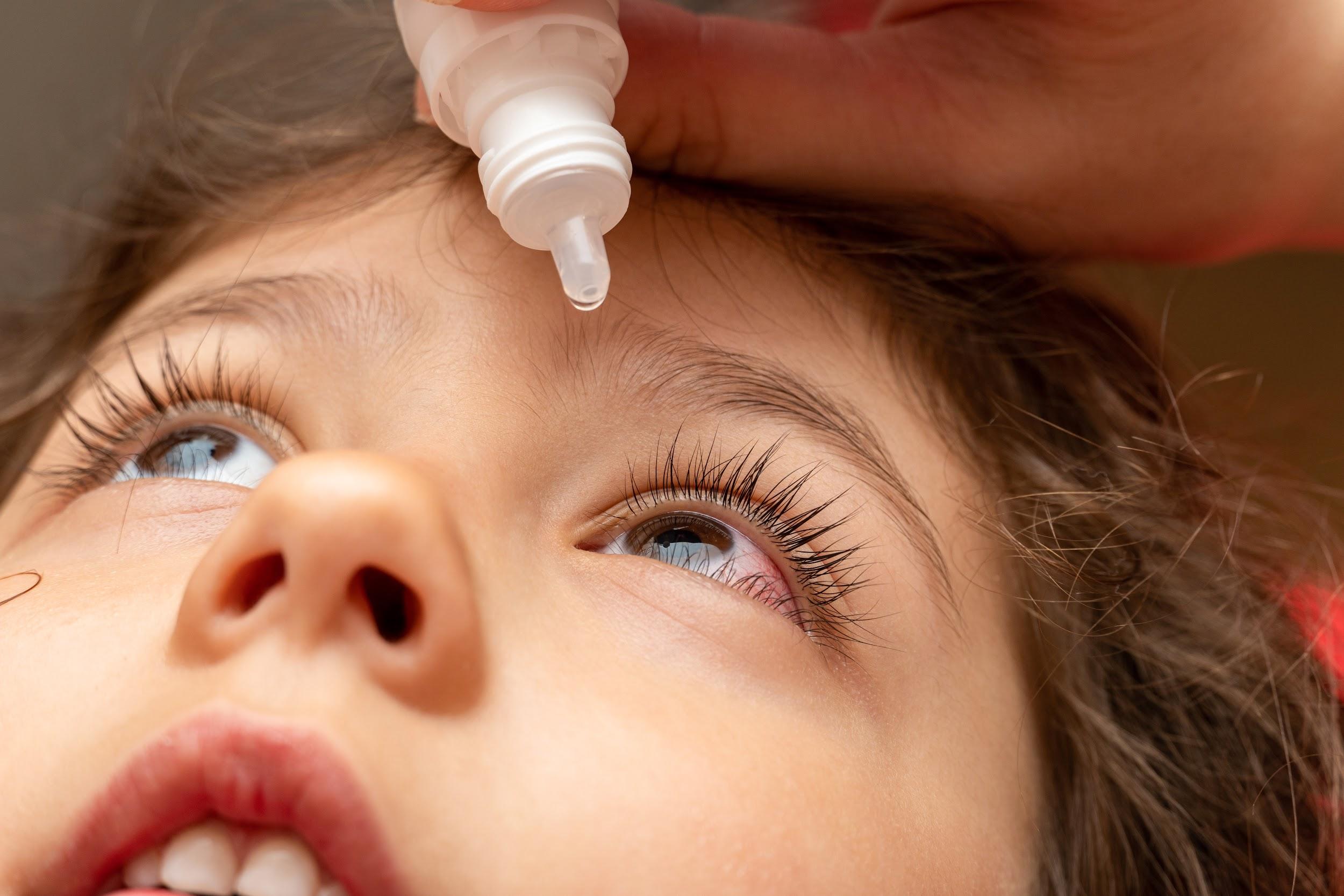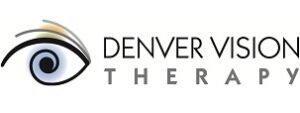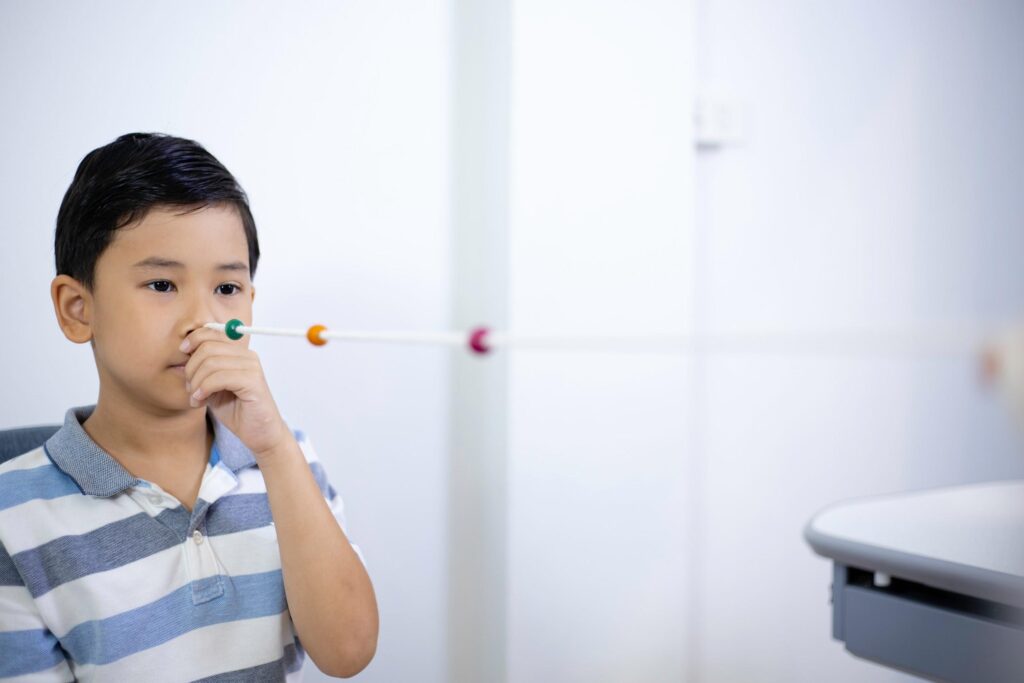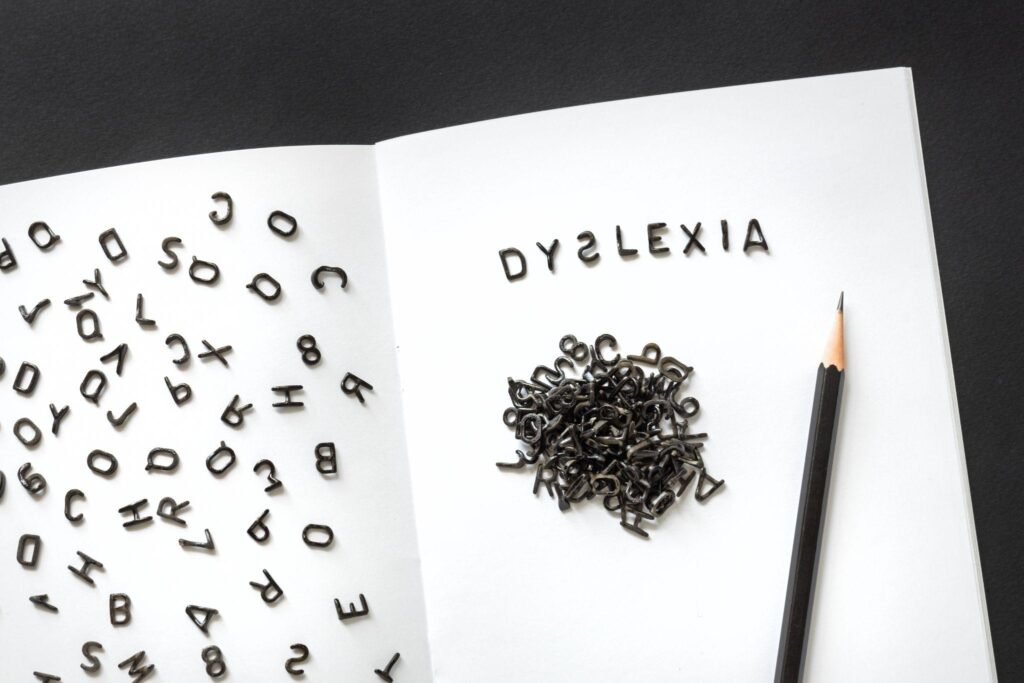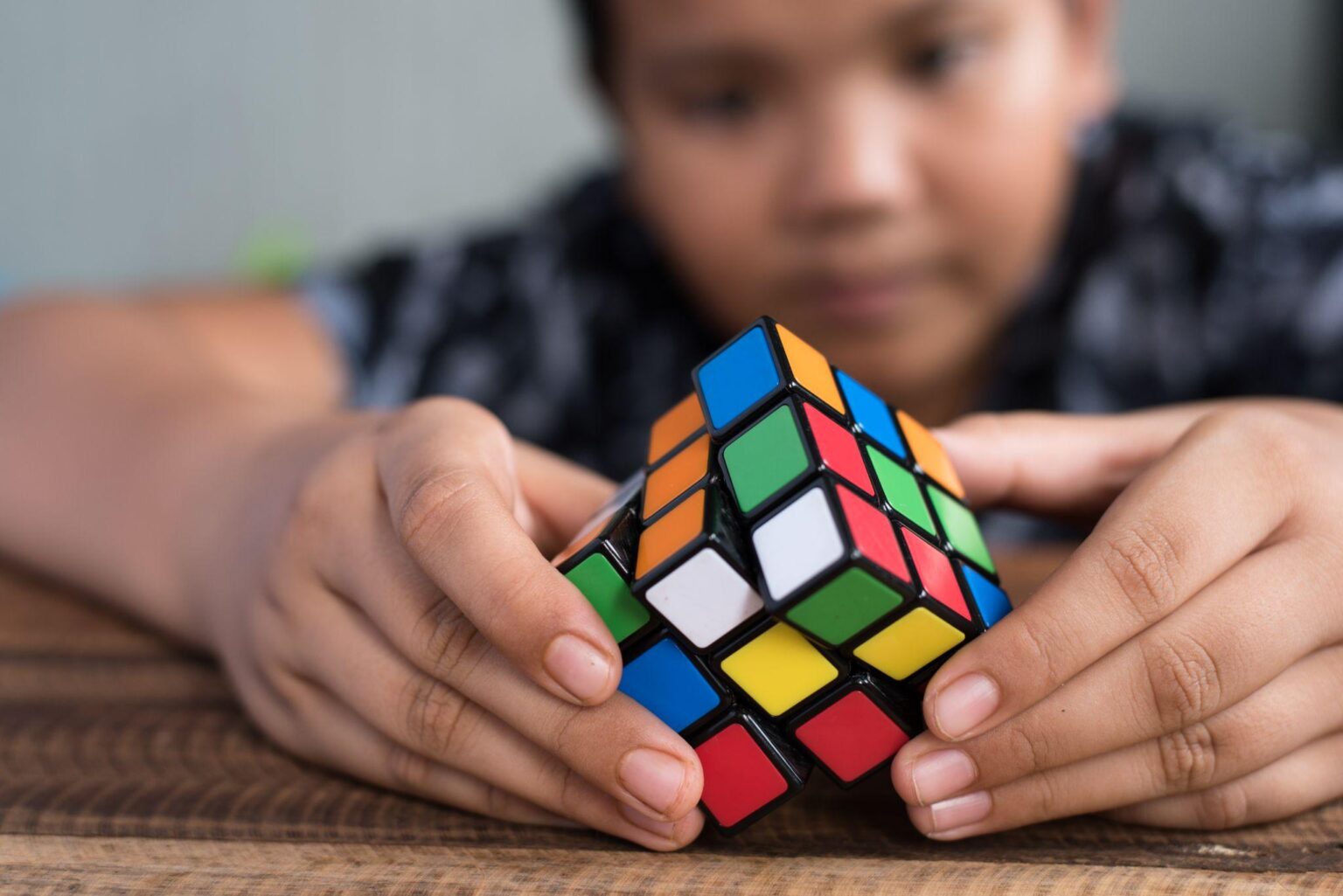Myopia
What is myopia?
Myopia, or nearsightedness, is a refractive condition in which the patient can see things that are close to them much clearer than the objects that are further from them without correction. This is because light is focused in front of the retina instead of on it. Myopia can be caused by growth in the length of the eyeball, and is more likely to occur when there is a family history of myopia.
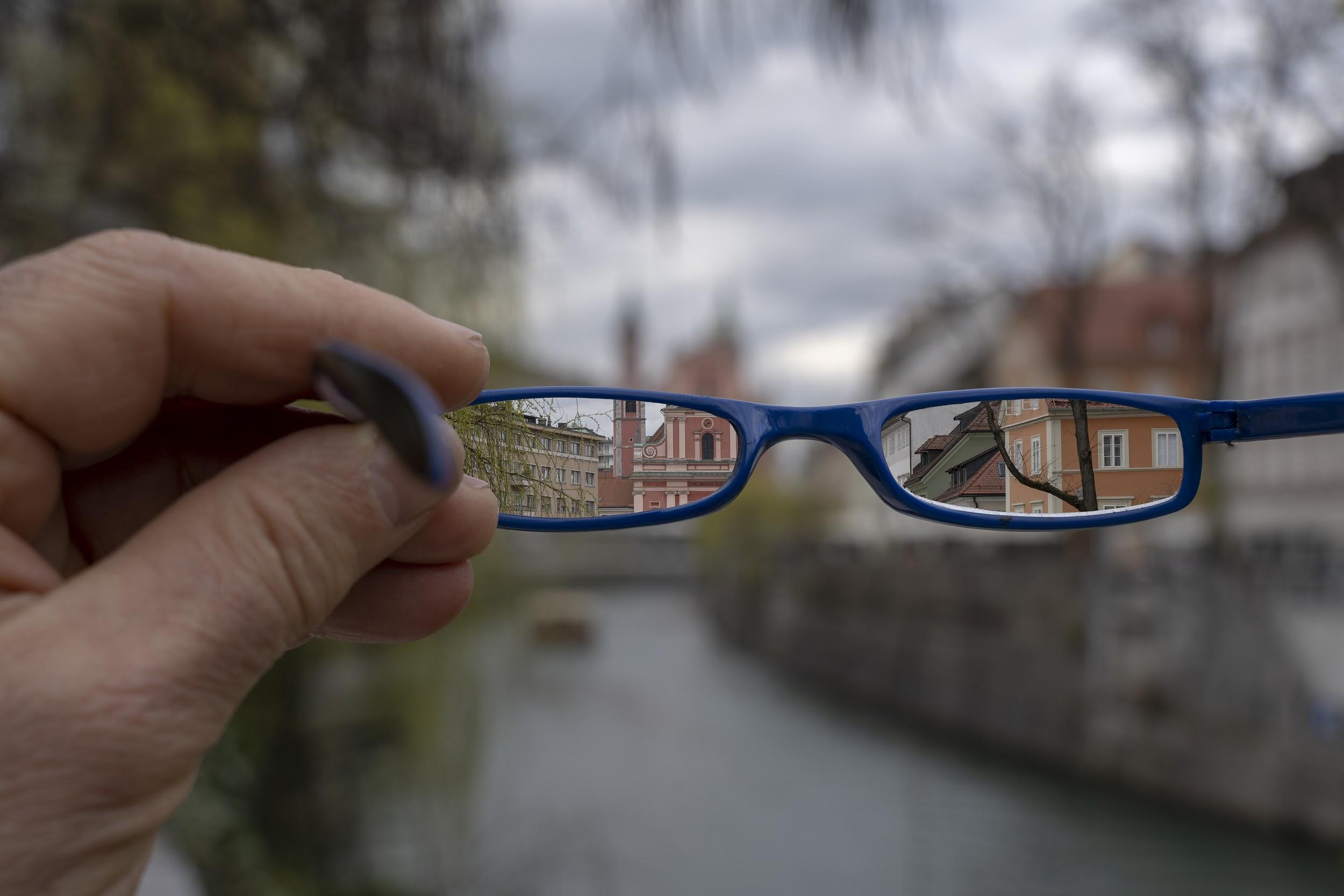
What is Myopia Progression?
Myopia progression is an increase in the strength of the glasses prescription. In our office, we can also track myopia progression by measuring the length of the eyeball with a special instrument that is easy to use on kids and adults.
What are the risks associated with myopia progression?
The elongation of the eyeball is associated with increased risk of
- Retinal detachment
- Glaucoma
- Cataracts
- Myopic Macular degeneration
- Reintal Holes
Beyond health risks, initiating myopia management can improve the quality of life of the patient. It is much easier to navigate the world without correction with a low level of myopia (-0.50 diopters) rather than moderate (-3.00 diopter) or high (-6.00 diopter) levels of myopia. Fortunately, myopia management has the ability to slow or halt this type progression if initiated early.
What can we do about myopia progression?
Myopia has grown in prevalence and affects 42% of the US population. As such, the new standard of care for treatment includes myopia management to stop progression. There are different options for myopia management that include soft contact lenses to wear during the daytime, hard contact lenses that are slept in and removed upon waking, or daily low dose Atropine eye drops. All of these interventions are initiated to halt the progression of the prescription increase and halt the further elongation of the eyeball.
Myopia Control Soft Contact Lenses
With this option, the patient wakes up and puts in their soft contact lenses and is able to see clearly all day. The contact lens has a dual focus technology to halt myopia progression.
Orthokeratology (OrthoK)
The patient sleeps in a rigid gas permeable lens and removes them in the morning. Similar to a teeth retainer, this lens changes the shape of the front surface of the eye (the cornea) and upon removal, the patient does not need any other glasses or contact lens prescription during the daytime. The effects of the contact lenses have the myopia management properties to halt progression.

Atropine drops
These drops are instilled in each eye, once a day, before bedtime. These patients would still wear their normal correction (ie. glasses) during waking hours while undergoing this treatment option. The effects of the low dose Atropine drops contain the myopia management properties to halt progression.
Vision Therapy
In cases where an eye focusing or eye teaming problem is present, this can accelerate the progression of myopia. Vision therapy addresses these issues, which then slows or stops the progression of myopia while also reducing any visual symptoms.
